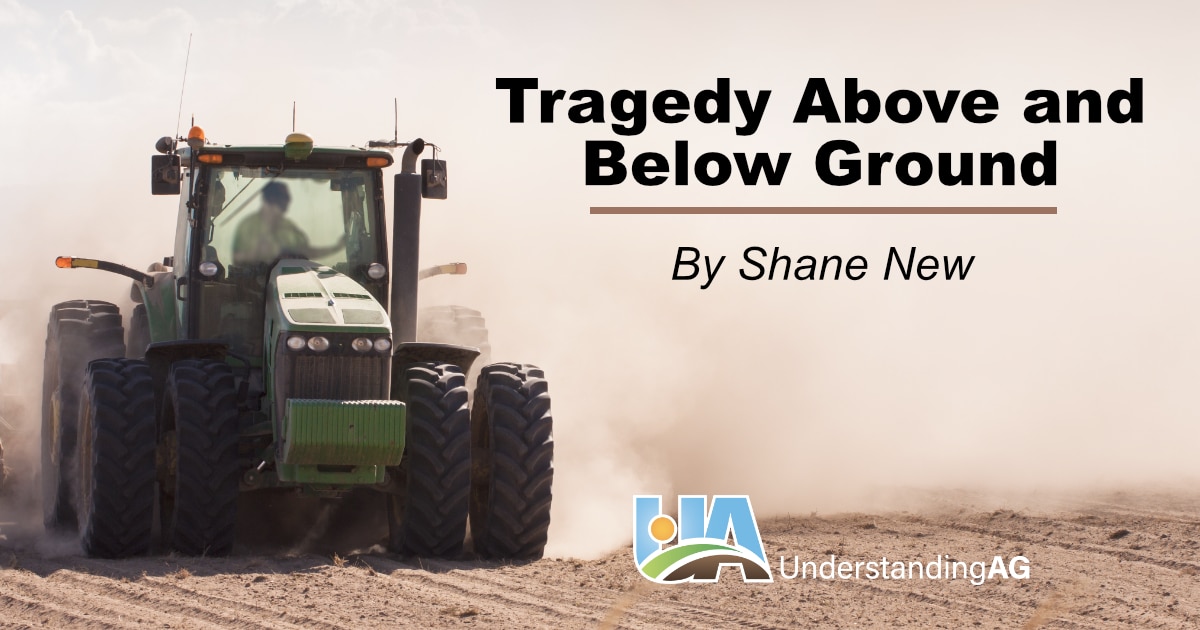
The severe dust storm that occurred on May 1, 2023, along Interstate 55 in Central Illinois should be a wakeup call for all farmers. Tragically, seven people lost their lives, dozens were injured and more than 100 vehicles were damaged. Many people believe this dust storm was a natural occurrence, but it was not. It was due to poor soil function resulting from conventional farming practices. In truth, the resulting tragedy was entirely preventable.
Allen Williams, Ph.D., says “You don’t know what you don’t know.” That’s especially applicable here because many do not fully understand how soil should function. Soil erosion, either by wind or water, should not be a “common event," even with high winds or extensive rainfall. Soil erosion is almost always a human-caused event.
As a farmer and rancher for most of my life, I never really knew how the soil should function. It is only more recently that I have come to understand proper soil functioning, which is a physical, chemical AND biological process. We have often ignored the biological component of soil function. Nature set the example by providing diverse living roots in the soil which go about their daily business of capturing sunlight, water and carbon dioxide. Through this photosynthetic process, the plant creates energy, cell structure, and biomass.
What many don’t know is that plants release carbon into the soil in the form of root exudates. These exudates (sugars) provide energy for the soil microbes that, in turn, release enzymes that help make minerals available for plant uptake. These microbes also produce biotic glues that bind silt, sand and clay particles together, which is the genesis of a soil aggregate. This is important because sand, silt and clay particles bound together into aggregates are not prone to erosion from wind or rain. These aggregates also provide micro and macro pore space that facilitate water infiltration and provide a habitat favorable to soil microbiology.
The mechanical disturbance of soil through forms of tillage destroys soil aggregate structure, leaving the collapsed soil structure vulnerable to erosion, which sets the stage for wind and water erosion.
Many of us were taught that tillage helps soil function and increases water infiltration into the soil. The fact is, just the opposite is true. Tillage inhibits water infiltration and encourages unwanted plants (weeds) to prosper. It took me many years of self-education and observation to realize this.
When I discovered how to mimic a perennial system, my soils started to improve. It took transitioning to no-till, keeping my soils covered (armored), making sure there was a living root in the soil as long as possible, adding a diverse array of cash crops and cover crops, and integrating livestock into my cropland acres for my soils to significantly advance. Cropping systems will never replicate how perennial systems work for optimal soil function, but we can mimic that system with diverse annual production systems that follow the Six Principles of Soil Health.
The end result is the significant reduction or elimination of soil erosion, dust storms and water-cut gullies. Events like the massive dust storm in Illinois simply should not happen. We farmers and ranchers need to take responsibility and understand how our management affects others. It’s time that we stand up and say, “No more.” The deaths and injuries that occurred due to the May 1 dust storm should be a powerful incentive for all of us in agriculture to do better. No excuses!
